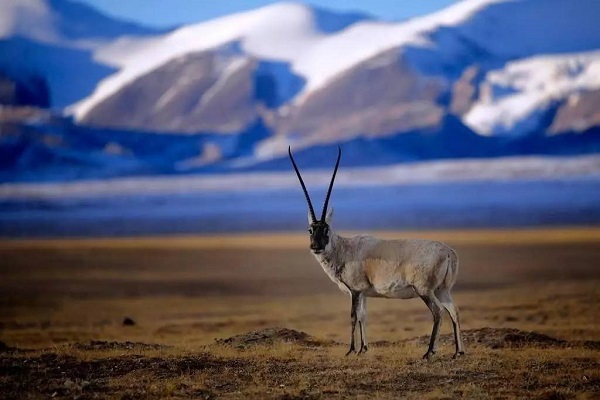
Shahtoosh comes from the Tibetan Antilope
Shahtoosh is a type of wool that comes from the undercoat of the Tibetan antelope (Pantholops Hodgsonii), also known as the Chiru. This wool is highly prized for its softness and warmth, and is considered a luxury item in many parts of the world. The Chiru antelope is a remarkable and unique species that has adapted to life in one of the harshest environments on Earth. However, its future is uncertain due to habitat loss and illegal poaching for its valuable wool.
The harvesting of shahtoosh wool is highly controversial and has been banned by international laws and regulations due to several reasons, including:
- Endangered Species Protection: The Tibetan antelope is listed as an endangered species under the Convention on International Trade in Endangered Species (CITES). Its population has been declining rapidly due to poaching for shahtoosh wool.
- Illegal Hunting and Poaching: The harvesting of shahtoosh wool involves the killing of Tibetan antelopes, which is illegal under national and international laws. Poachers use guns to shoot the animals and then skin them to obtain their wool.
- Unethical Practices: The process of obtaining shahtoosh wool is highly unethical as it involves the killing of an endangered species. The animals are often left to die after being skinned, and their carcasses are left to rot.
- Environmental Impact: The harvesting of shahtoosh wool has a significant impact on the environment. The process of obtaining the wool is highly disruptive to the ecosystem, as it involves killing large numbers of animals.
- Health Risks: The harvesting and handling of shahtoosh wool poses significant health risks to those involved in the process. The wool is often contaminated with bacteria and other harmful microorganisms, which can cause serious health problems.
Broadly, shahtoosh wool is banned due to its association with the illegal hunting and poaching of an endangered species, its highly unethical practices, its significant impact on the environment, and the health risks associated with its harvesting and handling. The international ban on shahtoosh wool is a critical step in protecting the Tibetan antelope and preserving its habitat. Many Pashmina Traders lure the unaware customer in the name of Shahtoosh.
Support the Shahtoosh Ban, Buy Only Real Pashmina.
Recent Posts

14 December 2023
Original Handmade Real Pashmina Shawls for Sale
Indulge in the Timeless Luxury of Authentic Handmade Pashmina Shawls –...

14 December 2023
Real Handmade Pashmina Shawls at Wholesale Price
Introducing the epitome of elegance, the pinnacle of luxury – the...
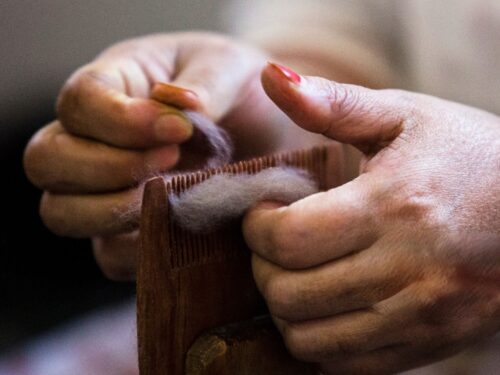
14 December 2023
Quick Tips on How to Care for Pashmina Shawls
Taking proper care of your genuine real pashmina shawl is essential to...
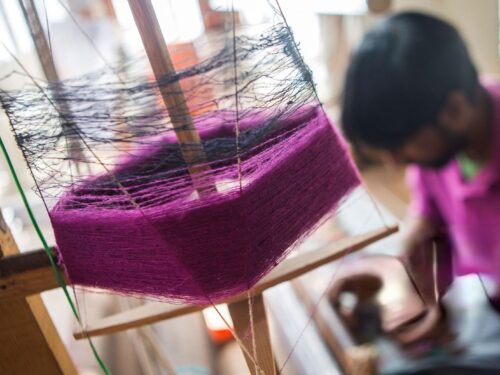
14 December 2023
Authentic Pashmina Shawls Guide for First Time Buyers
Buying a Real Pashmina Shawl for the first time can be an exciting and...
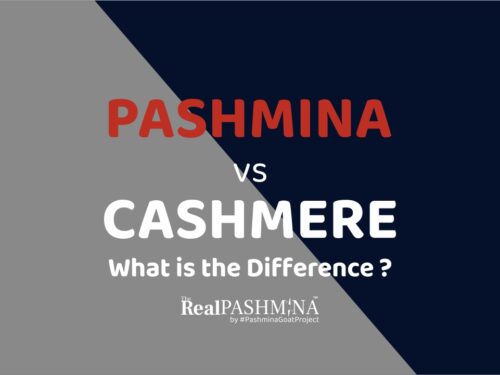
14 December 2023
Pashmina Vs Cashmere. What is the Difference ?
Pashmina Vs Cashmere. What is the Difference ? It was the 15th century when...
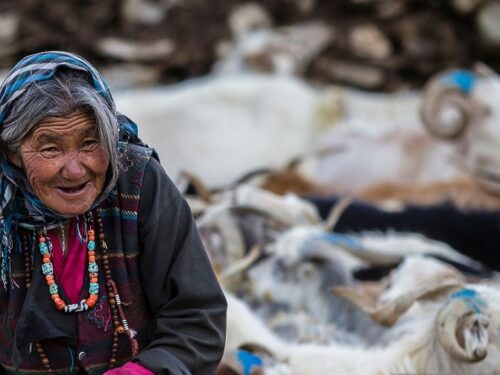
14 December 2023
The Shepherdess of the Real Pashmina Eco-System | The Last Generation in Sight
The Shepherdess of the Pashmina Eco-System This may be the last generation...
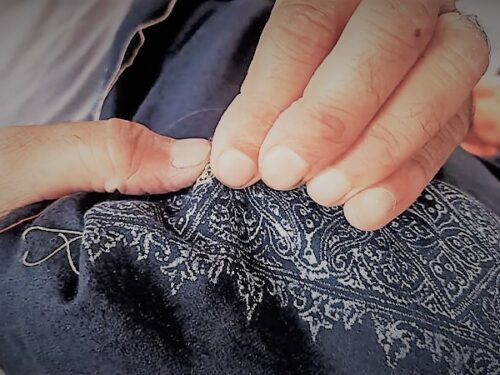
14 December 2023
What are the 7 Real Pashmina Embroideries ?
The 7 Pashmina Embroideries that have constantly created masterpieces on The...

14 December 2023
Why Is SHAHTOOSH Banned?
Shahtoosh comes from the Tibetan Antilope Shahtoosh is a type of wool that...

14 December 2023
Empowering Pashmina Communities Through Your Choices as a Consumer
Empowering Pashmina Communities through Your Choices as a Consumer. As a...

14 December 2023
The Real Pashmina Quick Guide To Sustainable, 100% Handmade Pashmina Shawls
The Real Pashmina Quick Guide (Sustainable, 100% Handmade Pashmina Shawls)...
